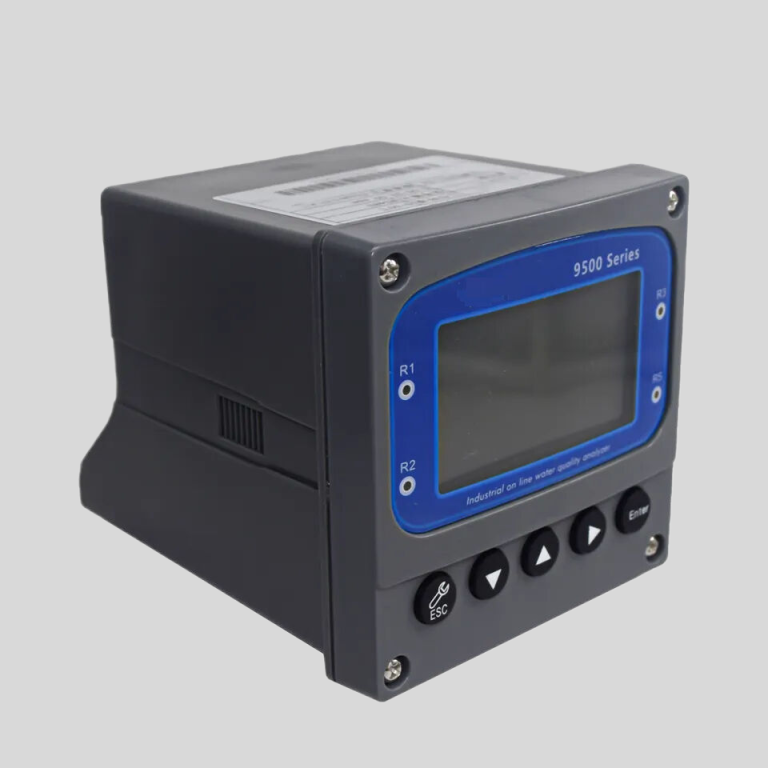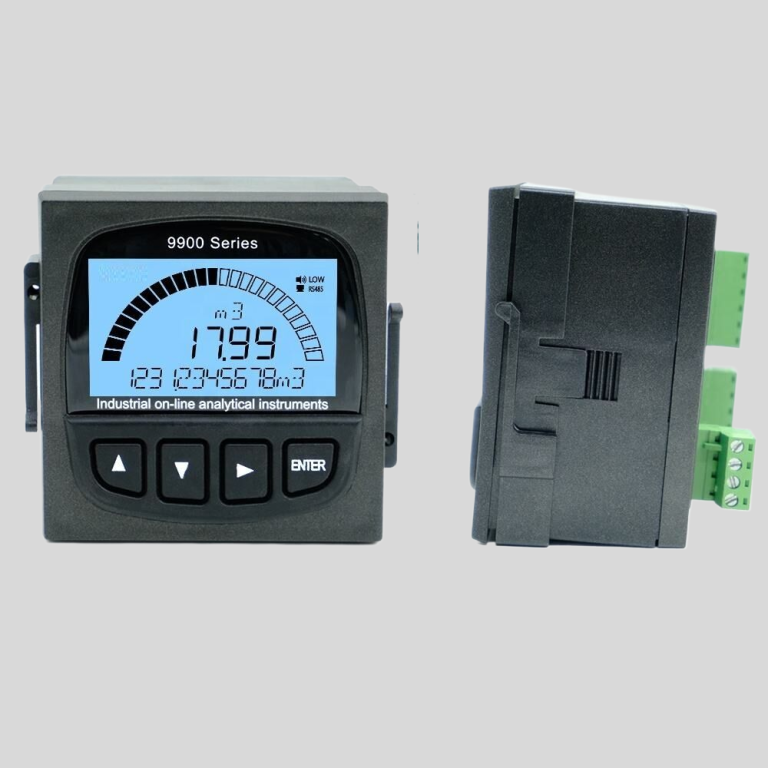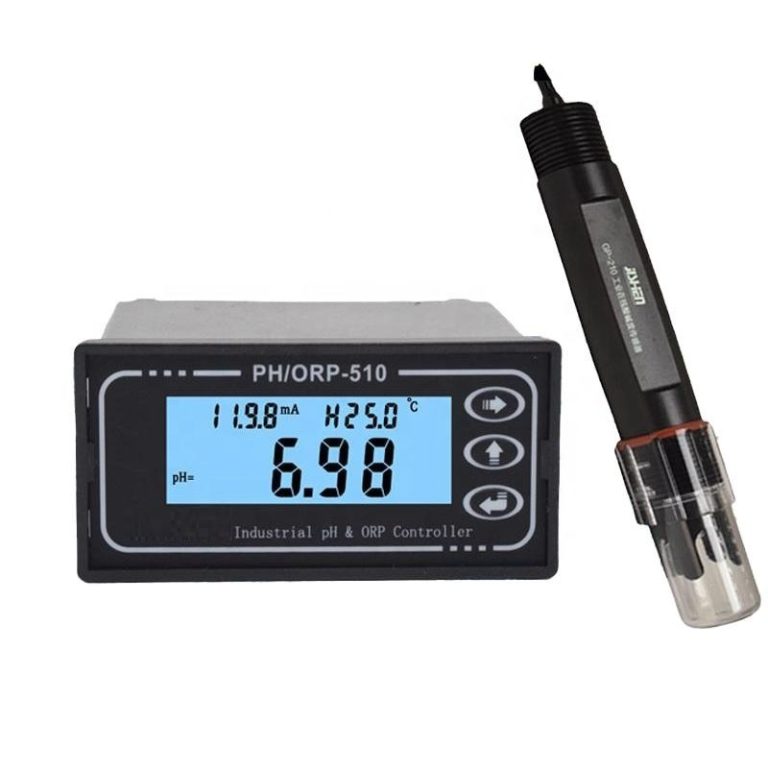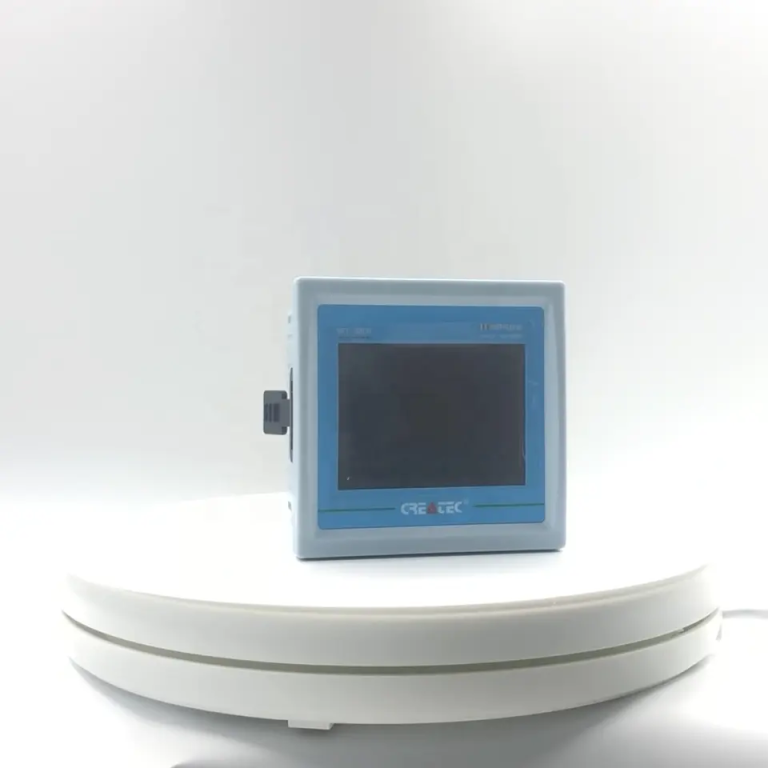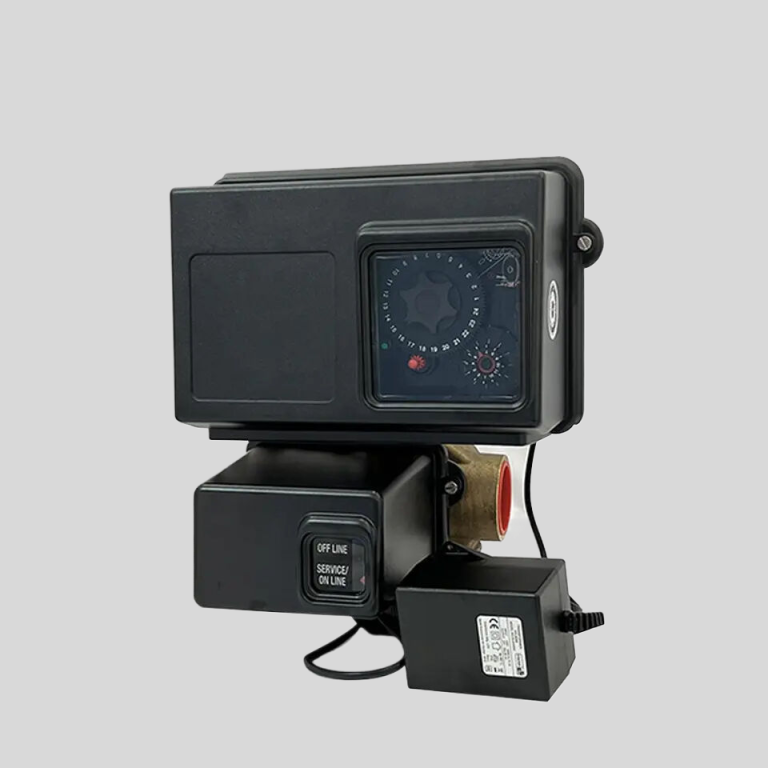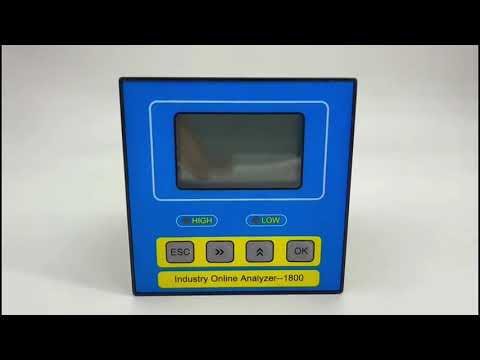Comparing ec meter and TDS Meter: Which One Should You Use?
When it comes to measuring the concentration of dissolved solids in water, two common tools are often used: the ec meter and the TDS Meter. While both devices serve a similar purpose, there are some key differences between them that may influence which one is best suited for your needs.
| Model | POP-8300 free chlorine online analyzer |
| Measurement range | (0.00-2.00)mg/L(ppm) (0.00-20.00)mg/L(ppm) |
| Accuracy | Indication error 10% |
| Resolution | 0.01mg/L(ppm) |
| Communication interface | RS485 MODBUS RTU communication protocol |
| Analog output | Double channel (4-20)mA output; Isolated, reversible, completely adjustable, instrument/transmitter dual mode; ±0.1mA transmission accuracy |
| Control output | Double channels, Load capacity 50mA(Max),AC/DC 30V |
| Power supply | Connected to electric supply AC80-260V;50/60Hz, compatible with all international market power standards(110V;220V;260V;50/60Hz). |
| Working environment | Temperature:(5-50)℃;relative humidity:≤85% RH(non-condensation) |
| Power Consumption | <20W |
| Storage environment | Temperature:(-20-70)℃;relative humidity:≤85%RH(non-condensation) |
| Installation | Wall mounted (with the preset back cover) |
| Cabinet weight | ≤10kg |
| Cabinet dimension | 570*mm*380mm*130mm(H×W×D) |
Electrical conductivity (EC) meters measure the ability of water to conduct an electrical current, which is directly related to the concentration of dissolved ions in the water. This measurement is typically expressed in units of microsiemens per centimeter (μS/cm) or millisiemens per centimeter (mS/cm). EC meters are commonly used in agriculture and hydroponics to monitor nutrient levels in irrigation water and soil.
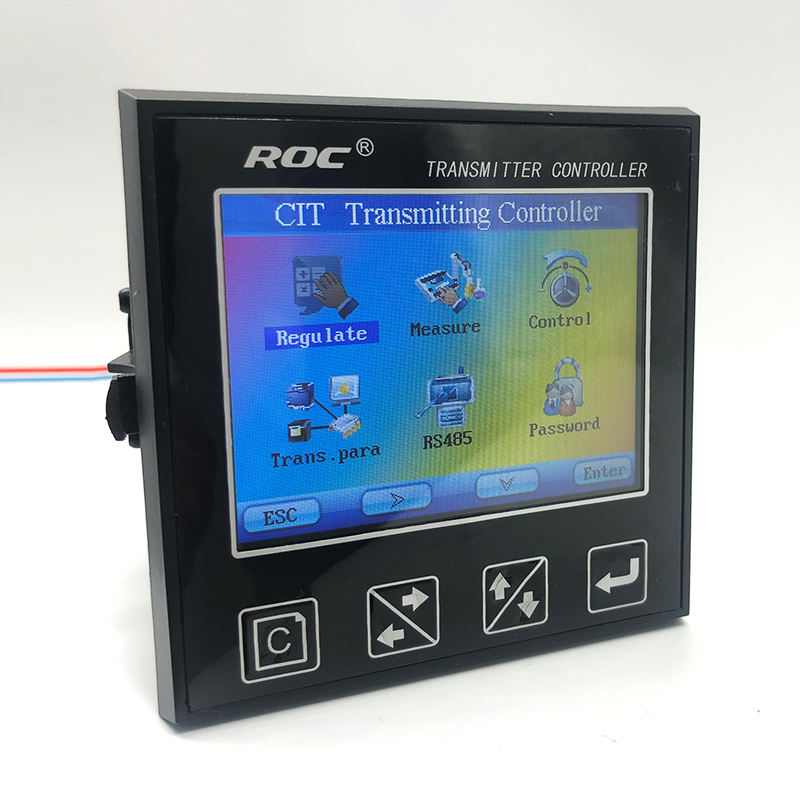
Total dissolved solids (TDS) meters, on the other hand, measure the total amount of dissolved solids in water, including both organic and inorganic substances. This measurement is typically expressed in parts per million (ppm) or milligrams per liter (mg/L). TDS meters are often used in water quality testing to assess the purity of drinking water or to monitor the effectiveness of water filtration systems.
One of the main differences between EC meters and TDS meters is the way they interpret the data they collect. EC meters measure the conductivity of water and then convert that measurement into an estimate of the total dissolved solids present. This conversion is based on the assumption that most of the dissolved solids in water are ions that contribute to its conductivity. TDS meters, on the other hand, directly measure the total amount of dissolved solids in water without making any assumptions about their composition.
| Model | NTU-1800 Online Turbidity Tester |
| Range | 0-10/100/4000NTU or as required |
| Display | LCD |
| Unit | NTU |
| DPI | 0.01 |
| Accuracy | ±5% FS |
| Repeatability | ±1% |
| Power | ≤3W |
| Power Supply | AC 85V-265V±10% 50/60Hz or |
| DC 9~36V/0.5A | |
| Working Environment | Ambient temperature:0~50℃; |
| Relative humidity≤85% | |
| Dimensions | 160*80*135mm(Hanging) or 96*96mm(Embeded) |
| Communication | 4~20mA and RS-485 communication (Modbus RTU) |
| Switched output | Three-way relay,capacity 250VAC/5A |
Because of this difference in interpretation, EC meters and TDS meters may give slightly different readings when measuring the same water sample. In general, TDS meters tend to produce higher readings than EC meters, since they measure all dissolved solids in the water, not just those that contribute to its conductivity. This discrepancy can be important in certain applications where precise measurements are required.
Another factor to consider when choosing between an ec meter and a TDS Meter is the type of ions present in the water you are testing. EC meters are most accurate when measuring the conductivity of water with a high concentration of common ions like sodium, chloride, and sulfate. TDS meters, on the other hand, are better suited for measuring water with a wider range of dissolved solids, including organic compounds and trace minerals.
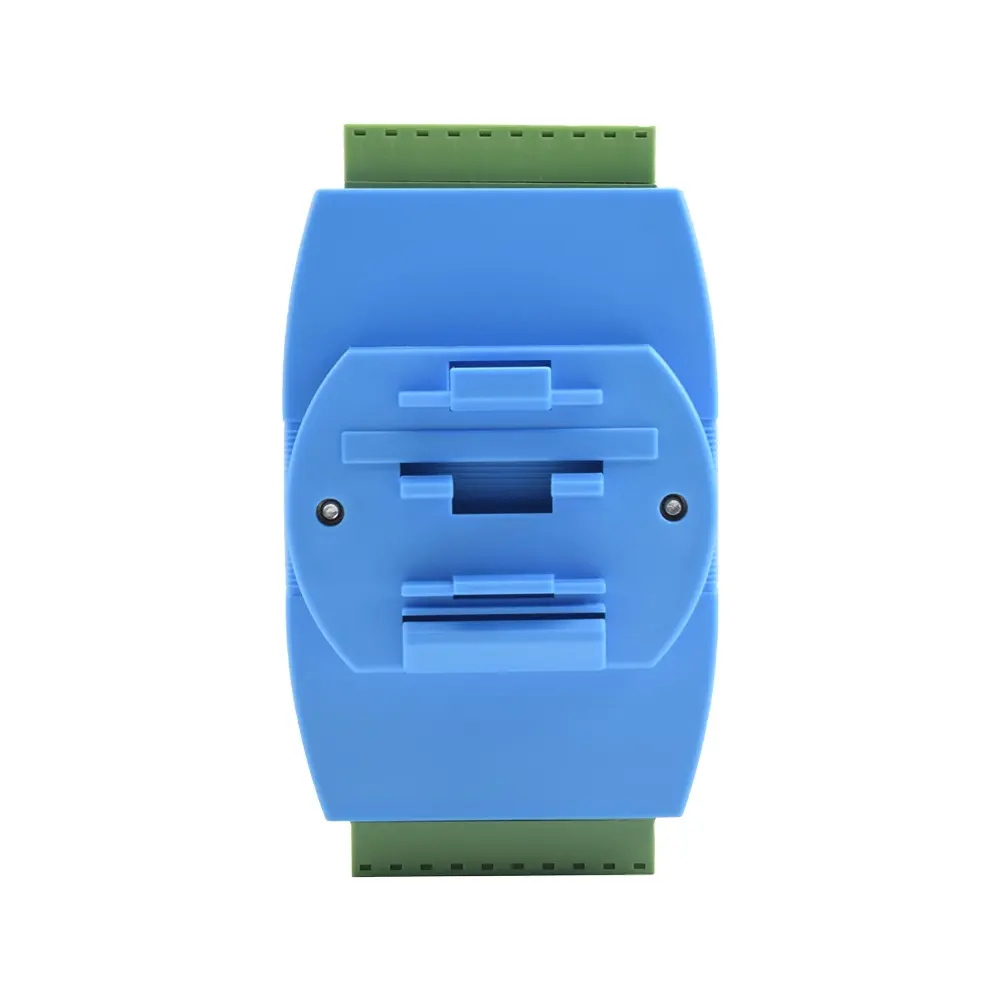
In conclusion, both EC meters and TDS meters are valuable tools for measuring the concentration of dissolved solids in water. The choice between the two will depend on the specific needs of your application and the type of water you are testing. If you are primarily interested in monitoring nutrient levels in irrigation water or soil, an ec meter may be the best option. If you need to assess the overall purity of drinking water or evaluate the effectiveness of a water filtration system, a TDS Meter may be more appropriate. Ultimately, both devices can provide valuable information to help you make informed decisions about water quality and nutrient management.

